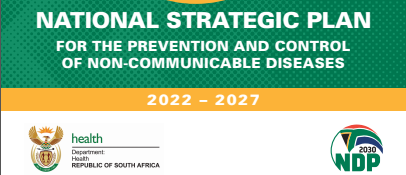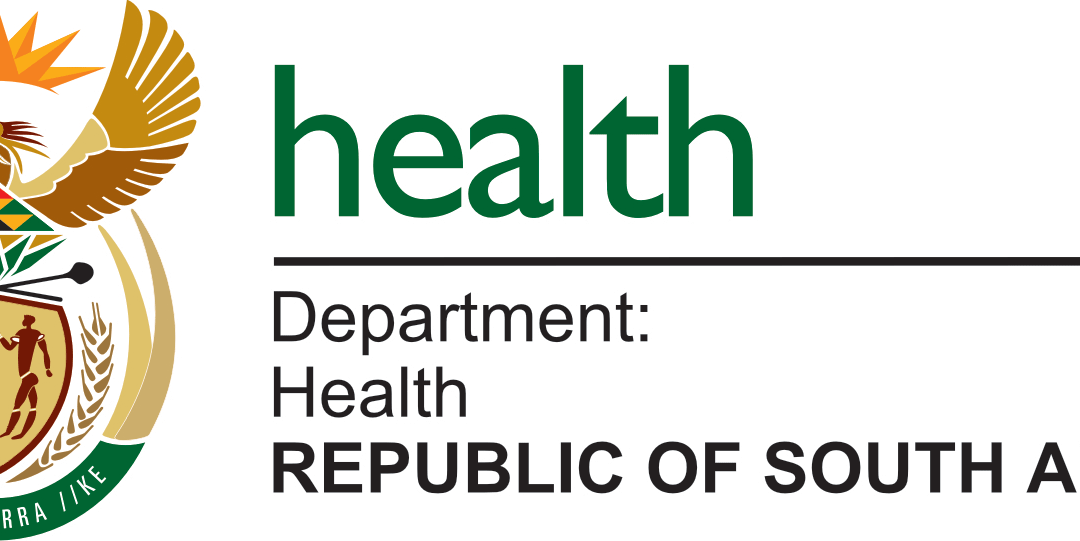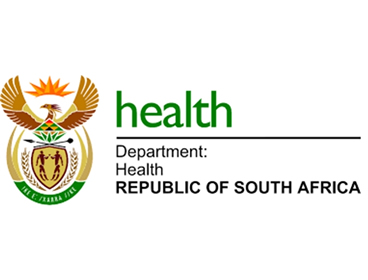
NCDs in the South African National Development Plan – a change of heart?
Non-communicable diseases (NCDs) appear to be rising in priority for the first time in more than two decades since the publication of the South African National Development Plan (NDP). The recent NDP 10-year review seems to frame NCDs in a different light by making this recommendation:O
Department of Health should implement the legislative and regulatory interventions recommended by the Strategic Plan for the Prevention and Control of Non-Communicable Diseases.” page 39

The recommendation appears to open the way for a national policy shift, moving NCDs out of the rut that considers them solely lifestyle conditions managed by a mixture of behaviour changes with a mix of policy and fiscal measures. This NDP framing institutionalised the limited allocation of national budget resources for NCDs interventions officially sanctioned as primordial and primary prevention. In reality, it resulted in NCD denialism despite them being the leading cause of death in South Africa since 2009, once ARVs impacted the tragic and callous loss of life due to HIV.
The use of the term lifestyle conditions is unacceptable for the HIV and TB community. People living with NCDs+ find it equally demeaning as it places the responsibility mainly on the person to live a better life.This bogus notion disregards the wider or social determinants of health and a public health system that fails to prevent and treat NCDs in a comprehensive way in all primary care facilities.
Very little changed for 20 years with subsequent NDP iterations of health priorties which continue to feature the Millennium Development Agenda identified conditions and South Africa’s much delayed and controversial version of universal health coverage. National Health Insurance (NHI) draft legislation focuses only finacial mechanism and fails to deal with quality and equity for NCDs and mental health.
Be still my heart NCDs equity indicator
Being a cynic in NCDs matters, when I look at policies I look first at the list of acronyms which usually feature up front. Very quickly I notice that the acronym NCDs does not appear in this standard feature South African policy documents. In most health-related policies, NCDs, the acronym, is missing with little or no mention within the policy and, unsurprisingly, even less action.
I made my first indicator of NCDs policy equity to be the inclusion of NCDs in the list of acronyms. Why? It give a snapshot of the framing from the perspective of the policymakers. So it is a huge milestone to have NCDs finally made the acronym indicator cut. NCDs has appear in this review and, be still my heart, in the recently update HIV/TB & STIs national strategic plan. Using the criterion in reverse, it is intriguing that neither HIV nor AIDS makes this list, but TB does. Perhaps is shows the extent to which HIV is institutionalised in South African society.
In a related victory, NCDs featured for the first time in the acronym list of the HIV, TB and STIs stratgic plan!
Hope springs eternal
It took the South African NCDs+ Alliance 10 years and lots of activism to be included in the development of the NCDs+ National Strategic Plan. Real blood, sweat and tears stuff. We had to take extreme measures including delaying tactics and staking sham policy consultations. After 5 years of delays it was finally passed and launched last year. It does allow scope for increasing the priority of NCDs prevention and treatment. However, without futher clarification of the NDP review recommendation is nuanced. What do “legislative and regulatory interventions” mean? Is it just another way of maintaining the status quo?
Make this cynic think paranoid thoughts. Especially as the health minister and officials havent responded to letters for years. What do you think?



